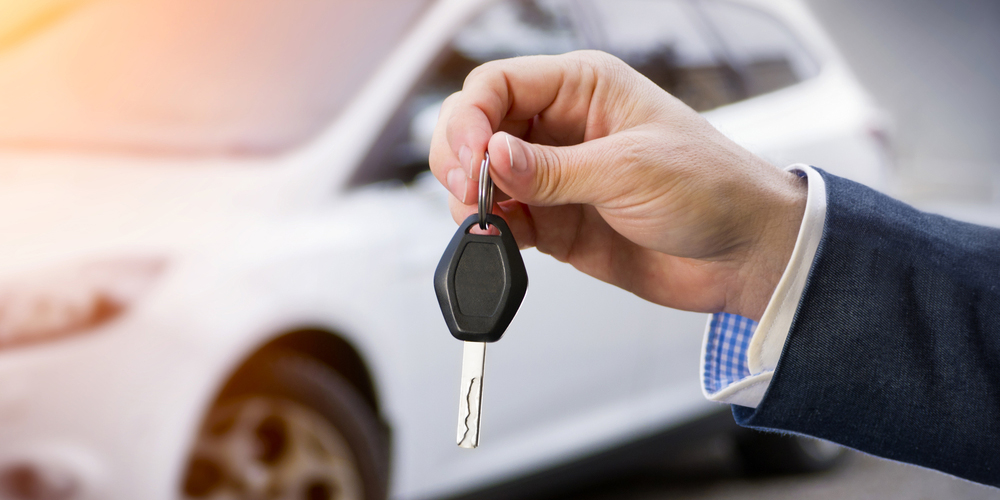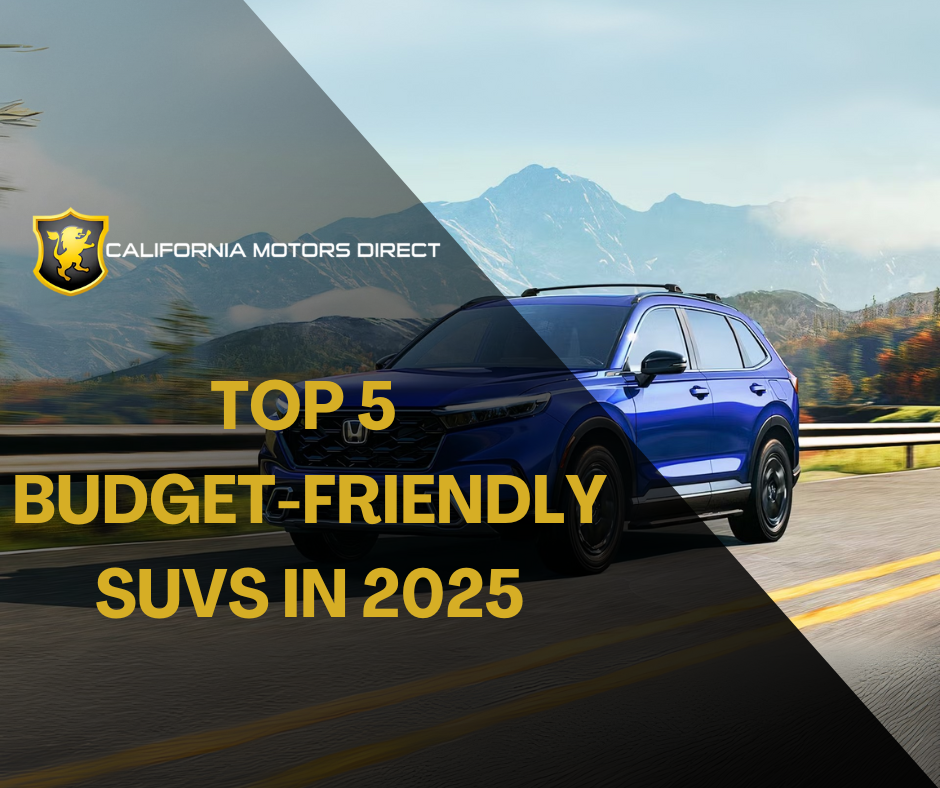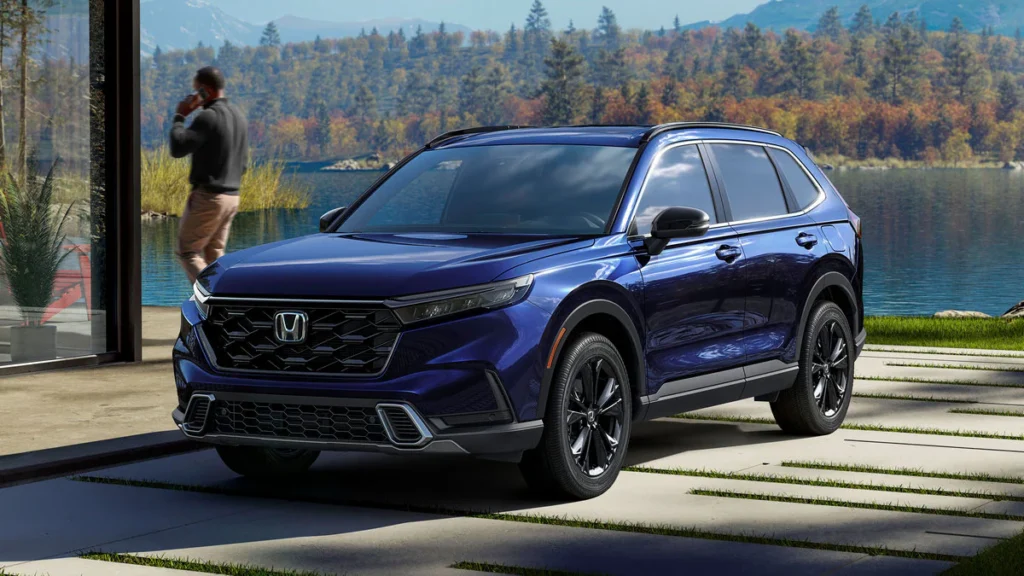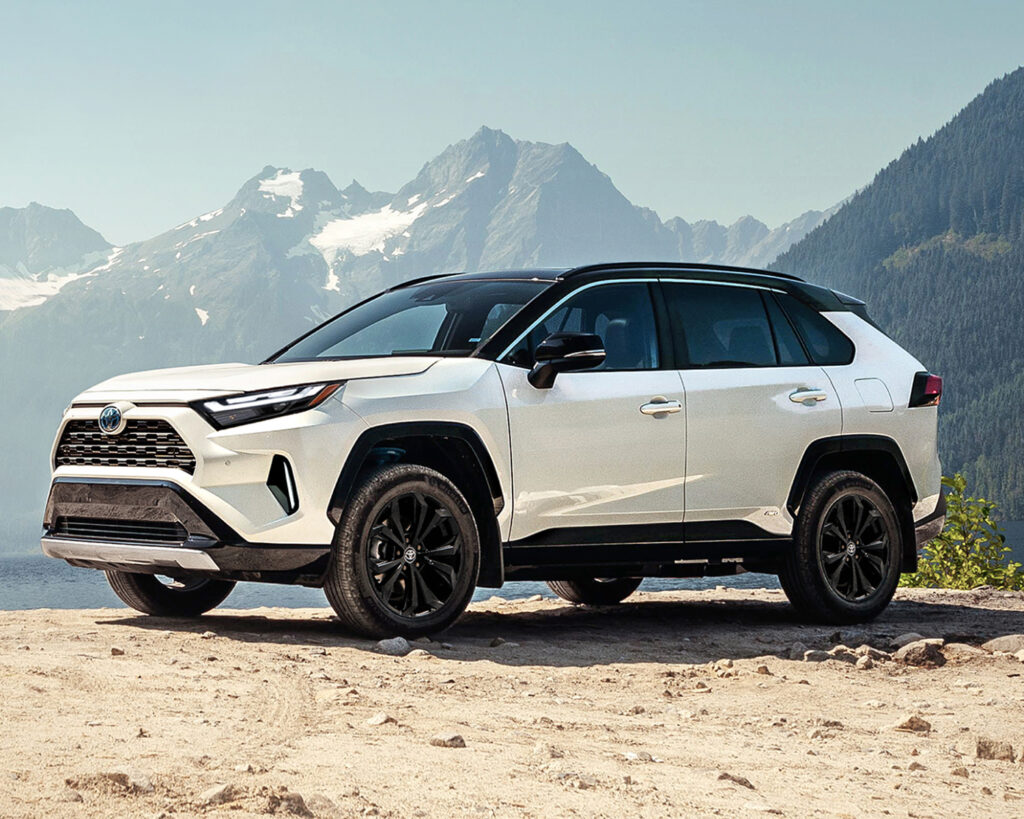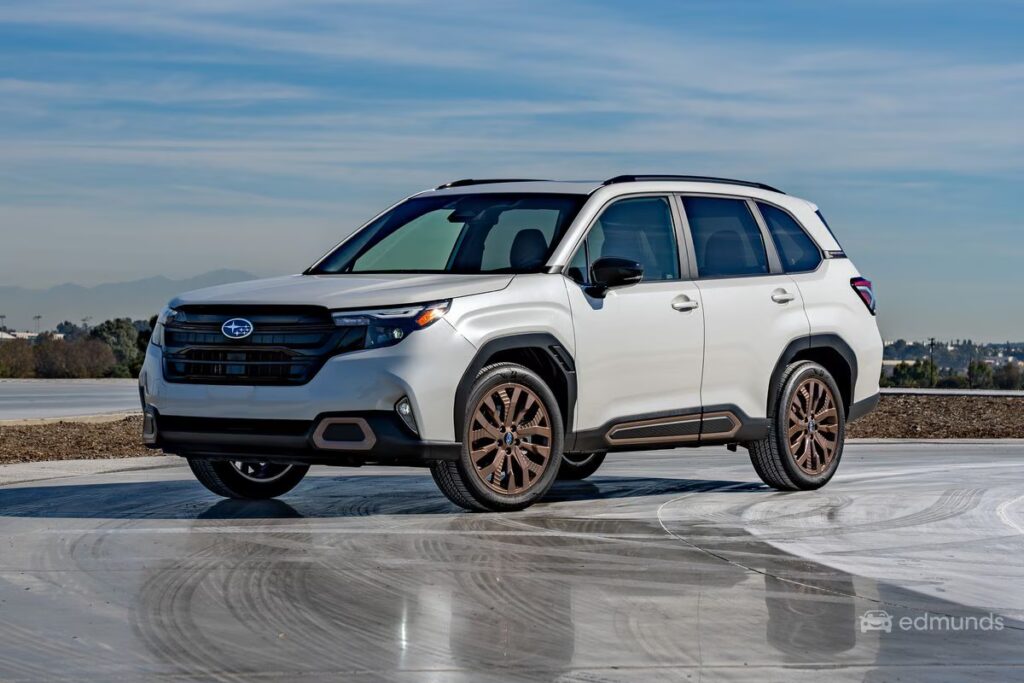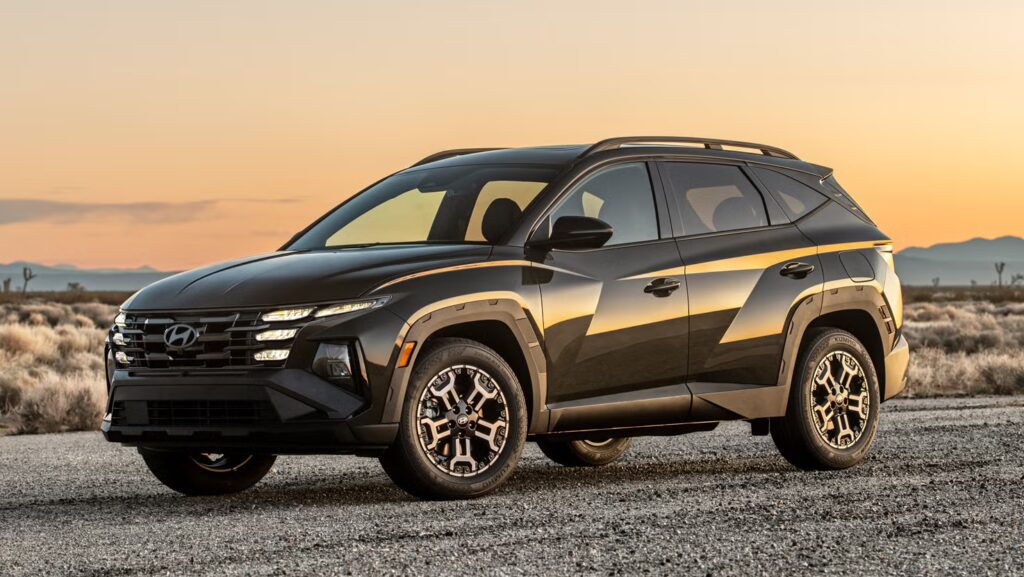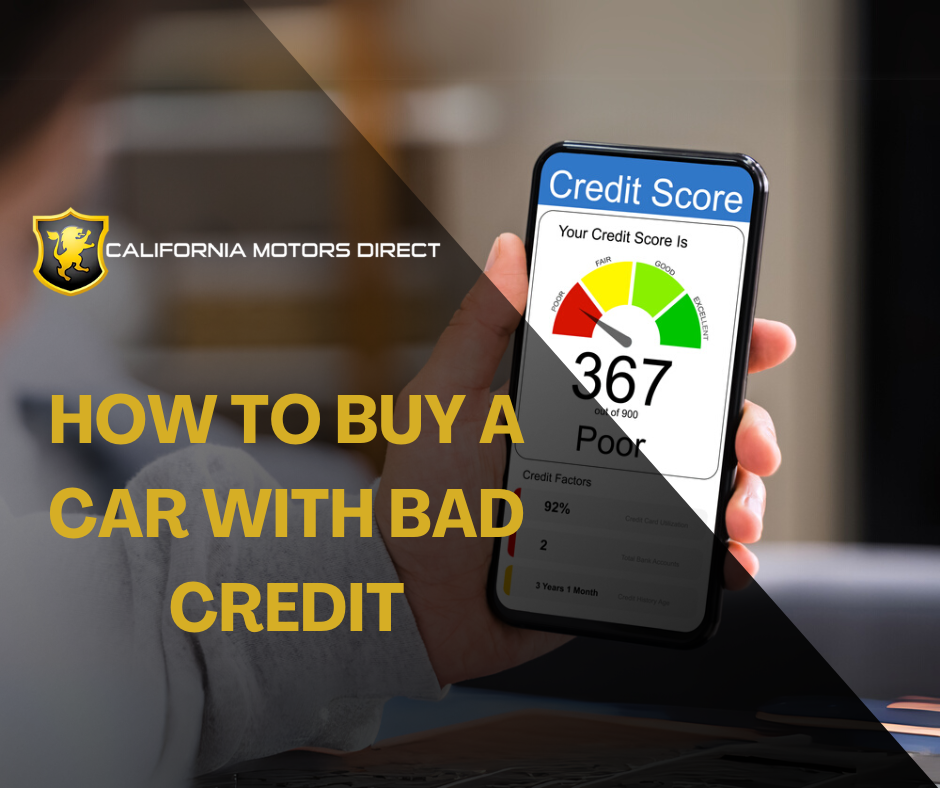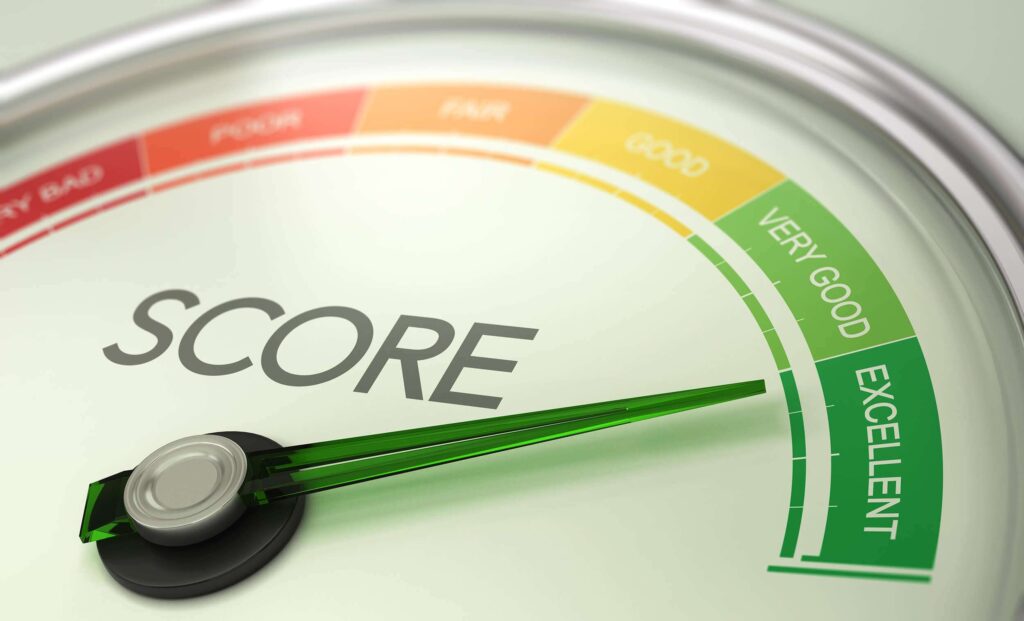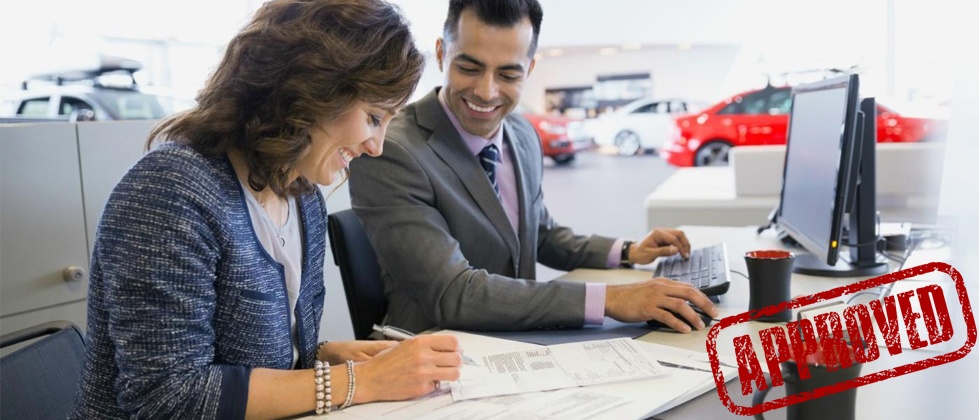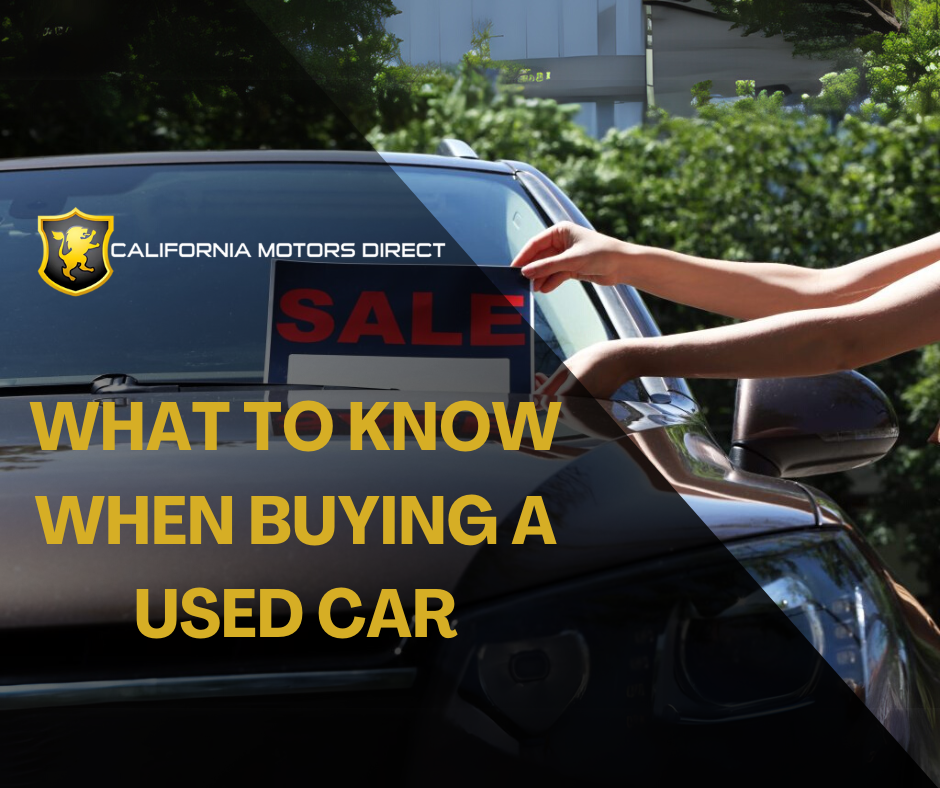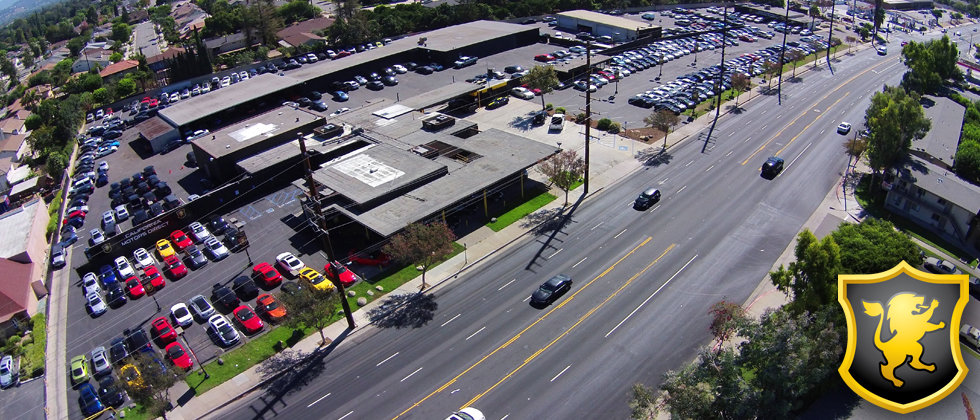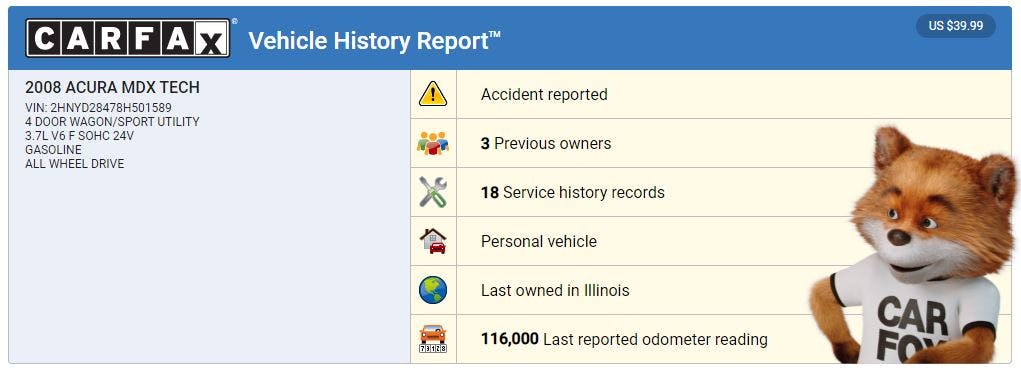
If you’re shopping for a used truck in Southern California, chances are you’re looking for real towing and hauling power. But with so many models out there, how do you know which used truck delivers performance, value, and long-term reliability?
Here’s our expert list of the Top 5 Used Trucks for Towing & Hauling, specially chosen for Southern California terrain, traffic, and lifestyle.
1. FORD F-150 (2018–2021 MODELS)
BEST ALL-AROUND PERFORMER FOR WORK & PLAY
The Ford F-150 has long been the top-selling truck in America, and for good reason. Models from 2018 to 2021 strike a perfect balance of power, tech, and fuel efficiency, especially with the 3.5L EcoBoost V6 engine option. It’s built to tow with confidence and haul with ease, without the bulky size of an HD truck.

Towing & Hauling Stats:
- Max Towing Capacity: Up to 13,200 lbs (with Max Trailer Tow Package)
- Payload Capacity: ~3,300 lbs
- Fuel Economy: 17–23 MPG (city/highway)
- Rear Axle Ratio: Optional 3.55 or 3.73 for heavy towing needs
Key Features for SoCal Drivers:
- Pro Trailer Backup Assist: Great for tight LA driveways or RV parks
- Aluminum-Alloy Body: Saves weight, improves towing dynamics
- Adaptive Cruise + Collision Assist: A must-have in SoCal freeway traffic
Bonus:
Look for models with the FX4 Off-Road Package if you frequently travel to Big Bear, Angeles Forest, or off-grid job sites.
MORE: One of the Trucks with the Highest Resale Value
2. RAM 2500 HEAVY DUTY (2017–2020 MODELS)
BEST FOR HEAVY-DUTY HAULING & LONG-DISTANCE TOWING
If you’re hauling construction equipment, fifth-wheel RVs, or car trailers, nothing beats the used Ram 2500—especially those equipped with the 6.7L Cummins Turbo Diesel engine. It’s engineered for serious payload and long-distance reliability.
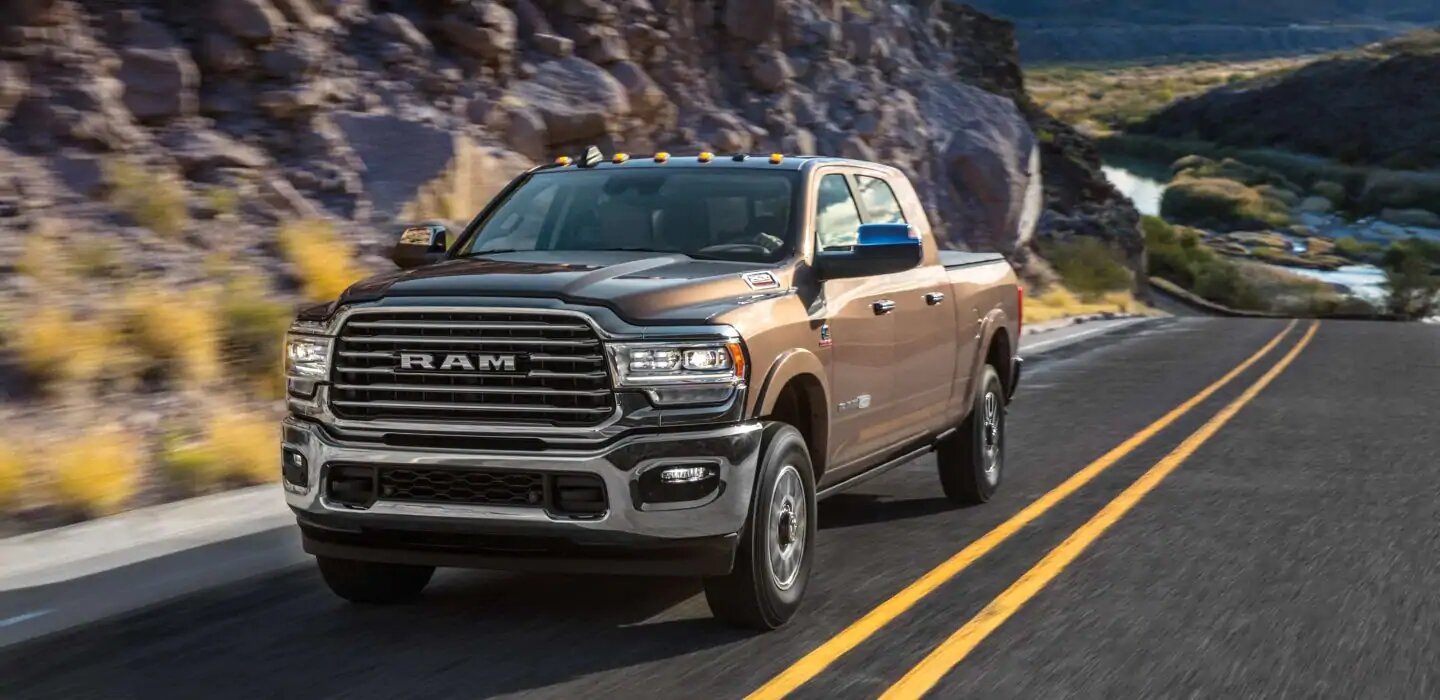
Towing & Hauling Stats:
- Max Towing Capacity: Up to 19,680 lbs
- Payload Capacity: Up to 4,050 lbs
- Diesel Torque: Over 850 lb-ft
- Transmission: 6-speed automatic (bulletproof reliability)
Key Features for SoCal Drivers:
- Tow/Haul Mode with Exhaust Brake
- Available Air Suspension: Smooths out I-10 freeway bumps
- Laramie & Big Horn Trims: Add comfort for long hauls to NorCal or Arizona
Bonus:
These models hold value extremely well and are popular in SoCal work fleets and outdoor communities like Temecula, San Bernardino, and Palmdale.
3. CHEVROLET SILVERADO 1500 (2019–2021 MODELS)
BEST VALUE FOR LIGHT-DUTY TOWING & TECH FEATURES
Chevy Silverado models post-2019 saw major updates, including improved suspension, 8-speed transmissions, and a durable steel bed with class-leading volume. It’s a favorite for truck buyers who want a daily driver that can still tow the toys to the lake on weekends.

Towing & Hauling Stats:
- Max Towing Capacity: Up to 13,300 lbs (6.2L V8)
- Payload Capacity: ~2,250 lbs
- Fuel Economy: 16–21 MPG
- Rear Axle Ratio: 3.42 standard, 3.73 available
Key Features for SoCal Drivers:
- Multi-Flex Tailgate: Great for contractors or surfers needing easy access
- Trailer Sway Control + Hill Start Assist
- Quiet Cab + Apple CarPlay: Ideal for long drives through OC traffic
Bonus:
Used Trail Boss trims include factory 2-inch lifts and skid plates—perfect for the Southern California backcountry or desert dunes.
4. TOYOTA TUNDRA (2016–2021 MODELS)
BEST LONG-TERM RELIABILITY FOR WORK CREWS & DIYERS
Made in Texas with legendary Toyota quality, the Tundra is perfect for buyers who value bulletproof durability over high towing specs. It might not lead the pack in capacity, but it runs forever with minimal repairs, which is why contractors, landscapers, and off-roaders across SoCal love it.

Towing & Hauling Stats:
- Max Towing Capacity: Up to 10,200 lbs
- Payload Capacity: Up to 1,730 lbs
- Engine: 5.7L V8, 381 hp / 401 lb-ft torque
Key Features for SoCal Drivers:
- Standard Tow Hitch & 4/7-Pin Connectors
- TRD Off-Road Package: A must-have in Mojave or Joshua Tree
- Solid Rear Axle & Limited Slip Diff: Built for abuse, not just looks
Bonus:
Tundras maintain extremely high resale value in the California market—especially in Riverside, Ventura, and inland counties where off-road capability matters.
5. GMC SIERRA 2500 HD (2017–2020 MODELS)
BEST FOR LUXURY + HAULING POWER
If you want serious towing muscle without sacrificing cabin comfort, the GMC Sierra 2500 HD is your go-to. It shares the same workhorse DNA as the Silverado HD, but adds upscale Denali trims, quiet interiors, and tech that high-end SoCal buyers love.

Towing & Hauling Stats:
- Max Towing Capacity: Up to 18,100 lbs
- Payload Capacity: ~3,500 lbs
- Engine Options: 6.6L Duramax Diesel (445 hp / 910 lb-ft torque)
- Trans: Allison 6-speed auto (one of the best in class)
Key Features for SoCal Drivers:
- Trailer Camera System + Surround View
- Ventilated Leather Seats: Perfect for summer hauls in Palm Springs
- Magnetic Ride Control: Smooths rough roads or canyon curves
Bonus:
Used Denali trims offer upscale features like heads-up displays and Bose audio—ideal for drivers who want comfort without sacrificing ruggedness.
MORE: Tips on Buying Used Vehicles
PRO TIP FOR CALIFORNIA BUYERS:
Before you shop, keep these California-specific rules and realities in mind:
State Regulations:
- Trailer Brakes: Required for loads over 1,500 lbs (CA Vehicle Code §26458)
- Diesel Emissions: Must meet CARB certification (especially for 2007–2015 HD diesel trucks)
- Annual Smog Tests: Even diesel trucks must pass inspections—no deleted emissions systems
Truck Configurations That Matter:
Not all “tow packages” are created equal. Look for:
- Factory integrated trailer brake controller (TBC)
- Upgraded cooling systems & suspension
- 3.55 or 3.73 rear axle ratios (for heavier towing)
- OEM tow mirrors, trailer sway control, and tow/haul mode
Fuel Type Advice:
- Gas: Easier to maintain, but less torque
- Diesel: More towing power, better MPG on long hauls—but costlier fuel and stricter emissions
WHERE TO SHOP FOR QUALITY USED TRUCKS IN SOCAL
The key to a successful truck purchase isn’t just choosing the right model—it’s buying it from the right place.
What to Look for in a Dealership:
- Large truck-specific inventory
- Verified maintenance records
- In-house experts who understand towing configurations
- Ability to provide Carfax reports and pre-sale inspection

MORE: Best Times to Purchase
CONCLUSION
In Southern California, trucks are more than vehicles—they’re workhorses, weekend warriors, and tools for entrepreneurship. Our top 5 picks weren’t chosen because they just sound good on paper. They were chosen because they’ve proven themselves in real-world conditions, across SoCal’s freeways, job sites, desert trails, and coastal commutes.
By understanding not just the truck specs—but the terrain, towing laws, maintenance challenges, and fuel economics unique to California—you now have insider-level knowledge that goes far beyond the average.










































